
Record-breaking temperatures lingered over the Northwest during a historic heatwave in June, 2021 in Vancouver, Washington.
(Image: Nathan Howard via AP Images)


Record-breaking temperatures lingered over the Northwest during a historic heatwave in June, 2021 in Vancouver, Washington.
(Image: Nathan Howard via AP Images)

A collaborative team from the School of Engineering and Applied Science and the Perelman School of Medicine have unraveled the mathematics of a 500-million-year-old protein network that acts like the body’s bouncer, “deciding” which foreign materials get degraded by immune cells and which are allowed entry.
(Image / iStock Md Saiful Islam Khan)
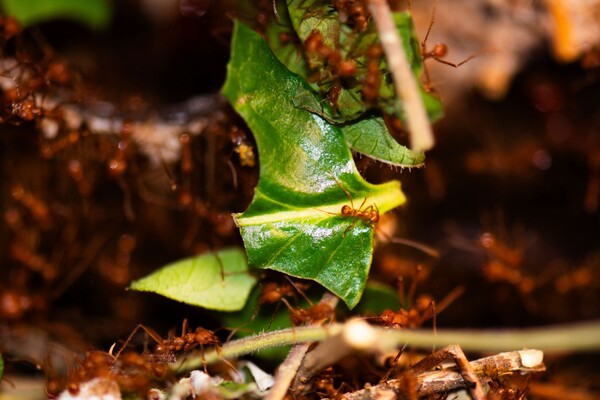
In eusocial superorganisms like leafcutter ant colonies, labor is divvied up according to body shape and size, but PIK Professor Shelley Berger and her team discovered that molecular signals can override that blueprint. Their findings reveal how simple neuropeptides can reprogram ant behavior, reshuffling roles in nature’s most disciplined workforce.
(Image: Courtesy of Tierney Scarpa)
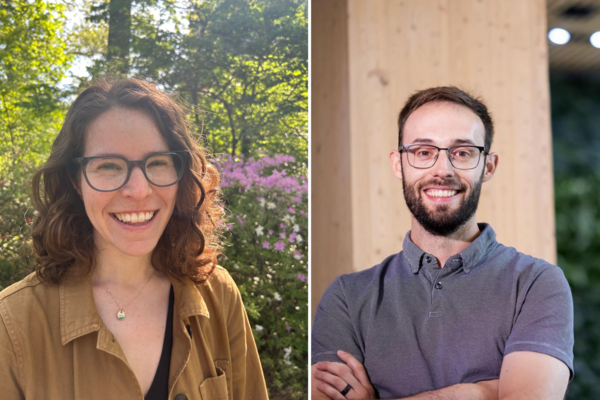
Penn’s AI x Science Postdoctoral Fellows Program is breaking down traditional scientific boundaries by integrating artificial intelligence across diverse research fields. Less than a year in, the program is already paying dividends in the form of new collaborations and research publications for inaugural fellows like Brynn Sherman (left) of the School of Arts & Sciences and Kieran Murphy (right) of the School of Engineering and Applied Science.
nocred
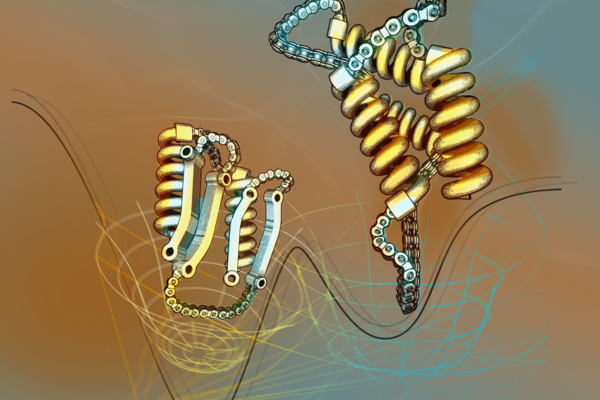
Mathieu Ouellet
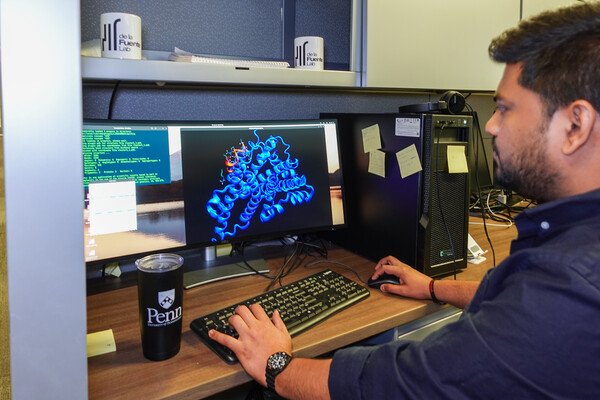
Researchers led by César de la Fuente of the Perelman School of Medicine have created new peptides that fight hard-to-treat “superbug” infections by punching holes in bacterial cells and stimulating immune cells to signal for more defenders.
(Image: Courtesy of Jianing Bai)
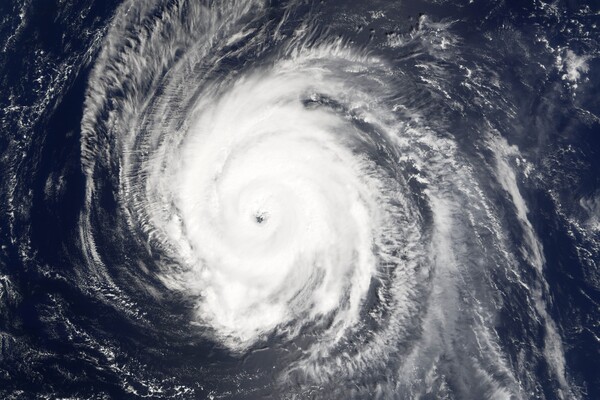
Image: Courtesy of NASA’s Jesse Allen, Earth Observatory
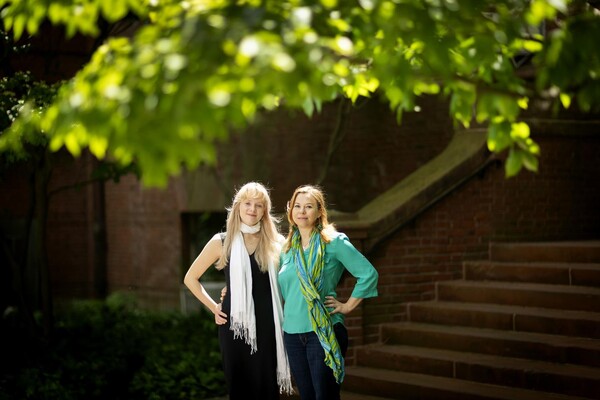
Lillian Miller (left) graduated as a chemistry and environmental scieces double major in May. This summer, she returns to begin her graduate training in Irina Marinov’s (right), where researchers use big data and computational techniques to make better climate models.
nocred
Bhuvnesh Jain of the School of Arts & Sciences has teamed up with PIK University Professor René Vidal of the Perelman School of Medicine and the School of Engineering and Applied Science to create the AI x Science Fellowship offering postdoctoral researchers across the University opportunities to collaborate across disciplines.
nocred
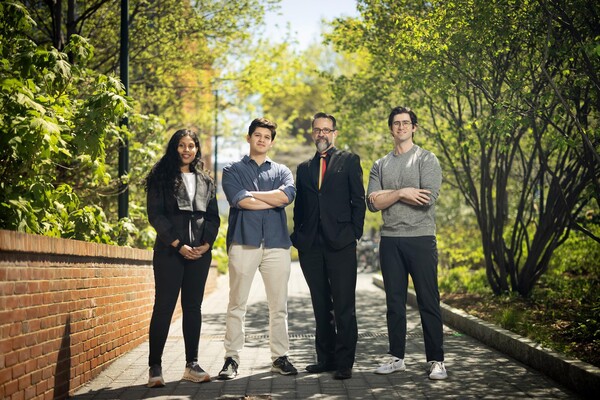
From left: Postdoctoral researcher Shreya Arya, Ph.D. candidate Miguel Lopez, PIK Professor Rob Ghrist, and Ph.D. candidate Julian Gould.
nocred